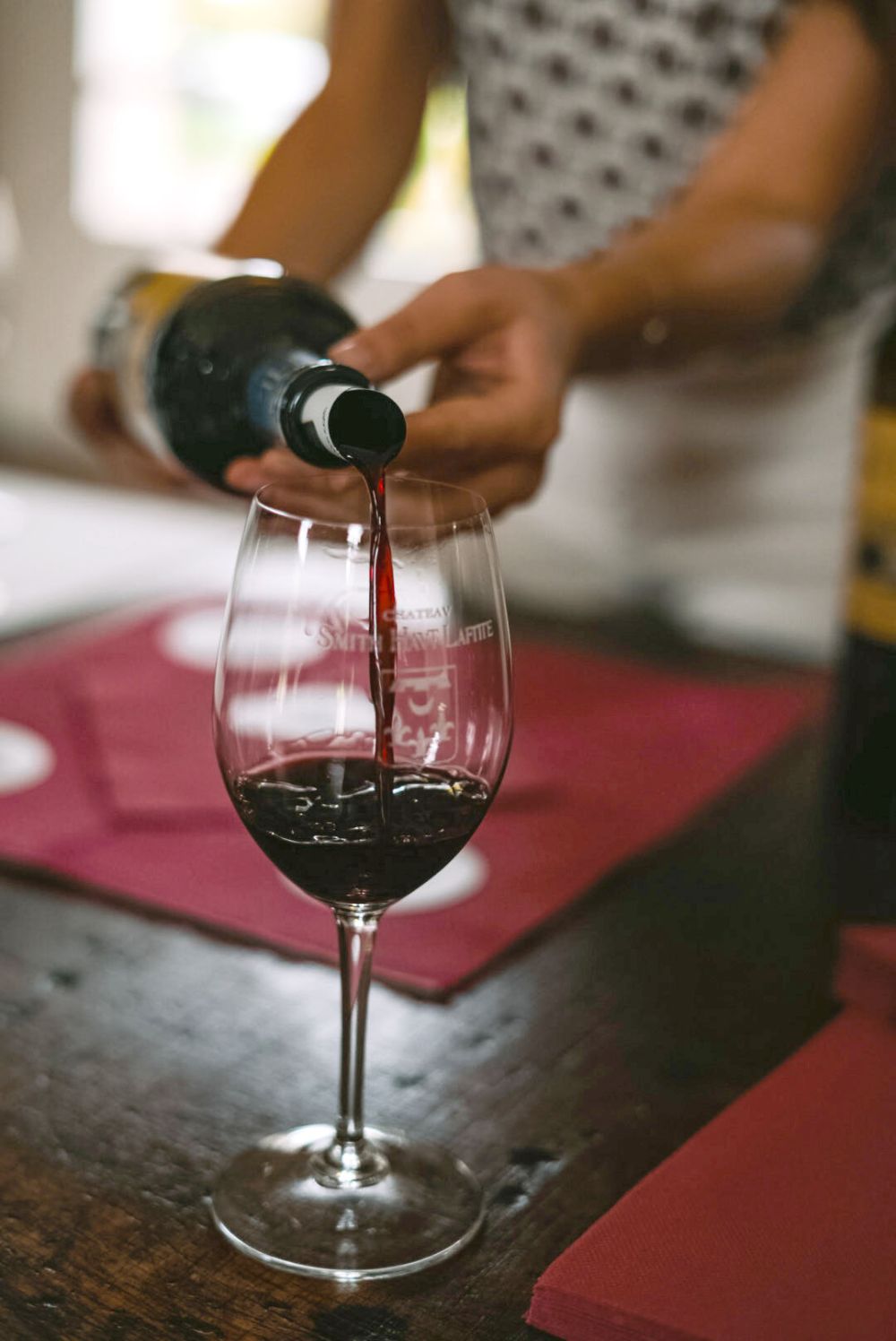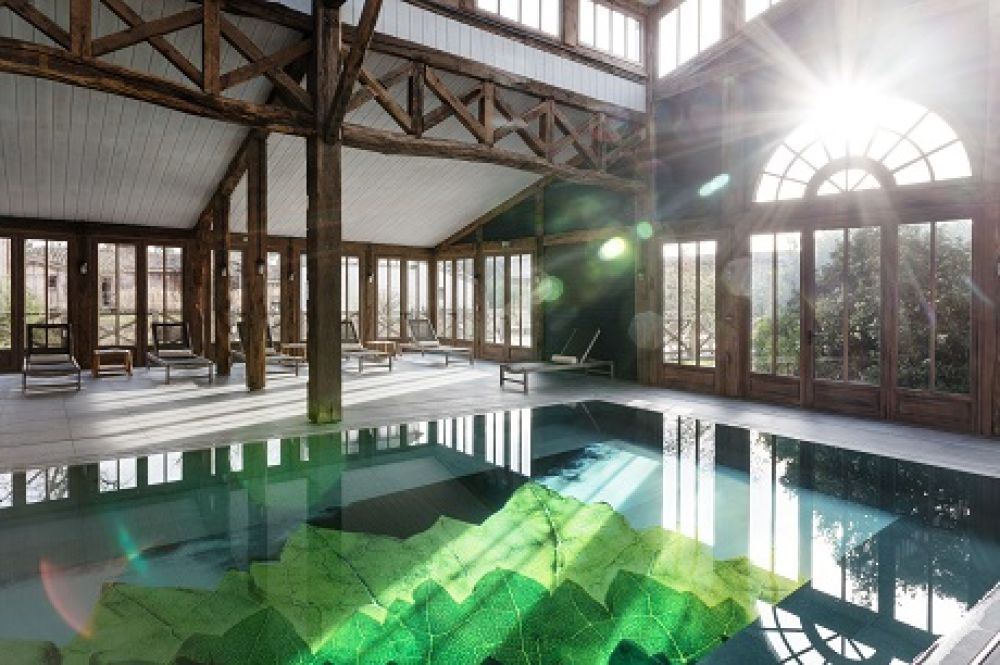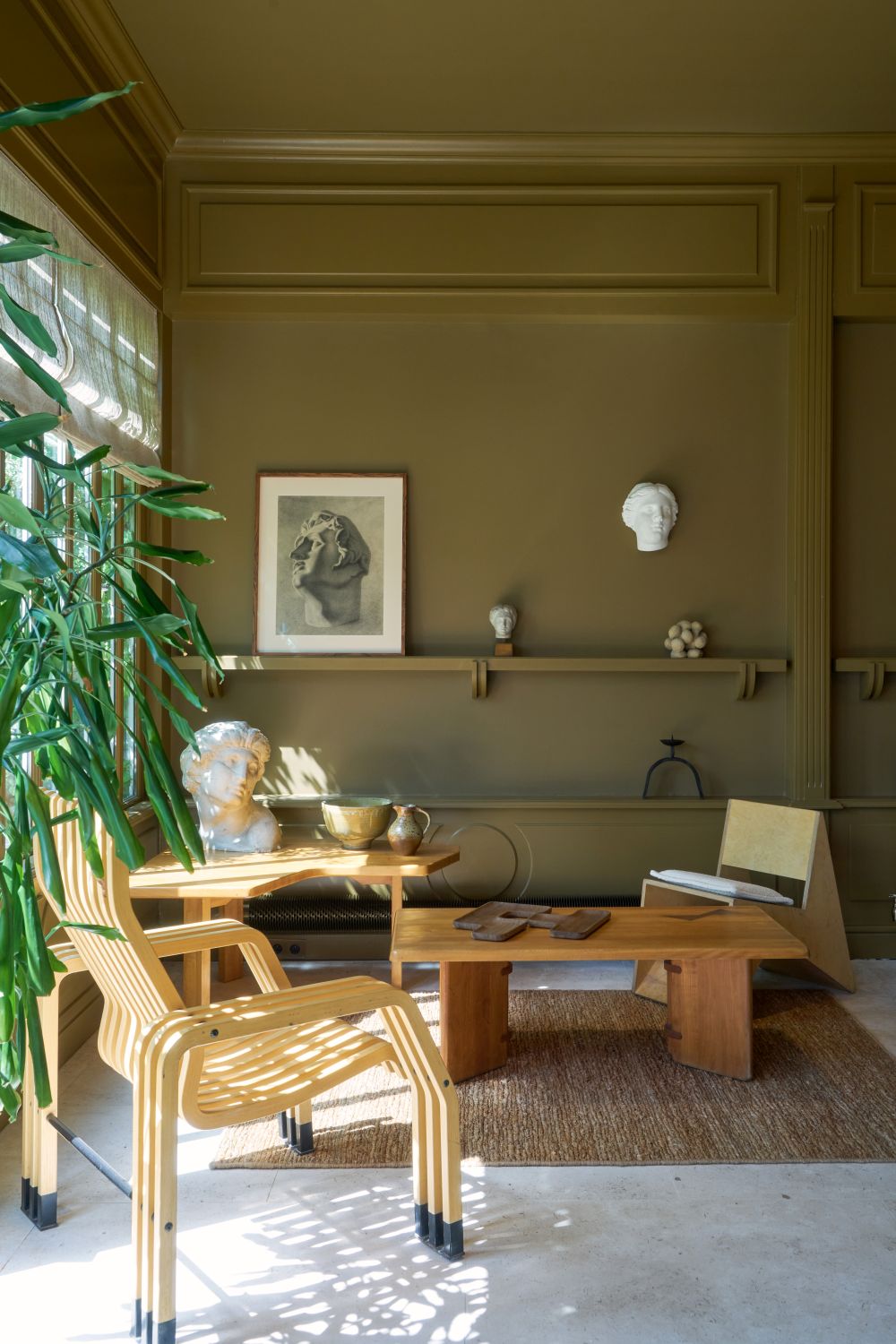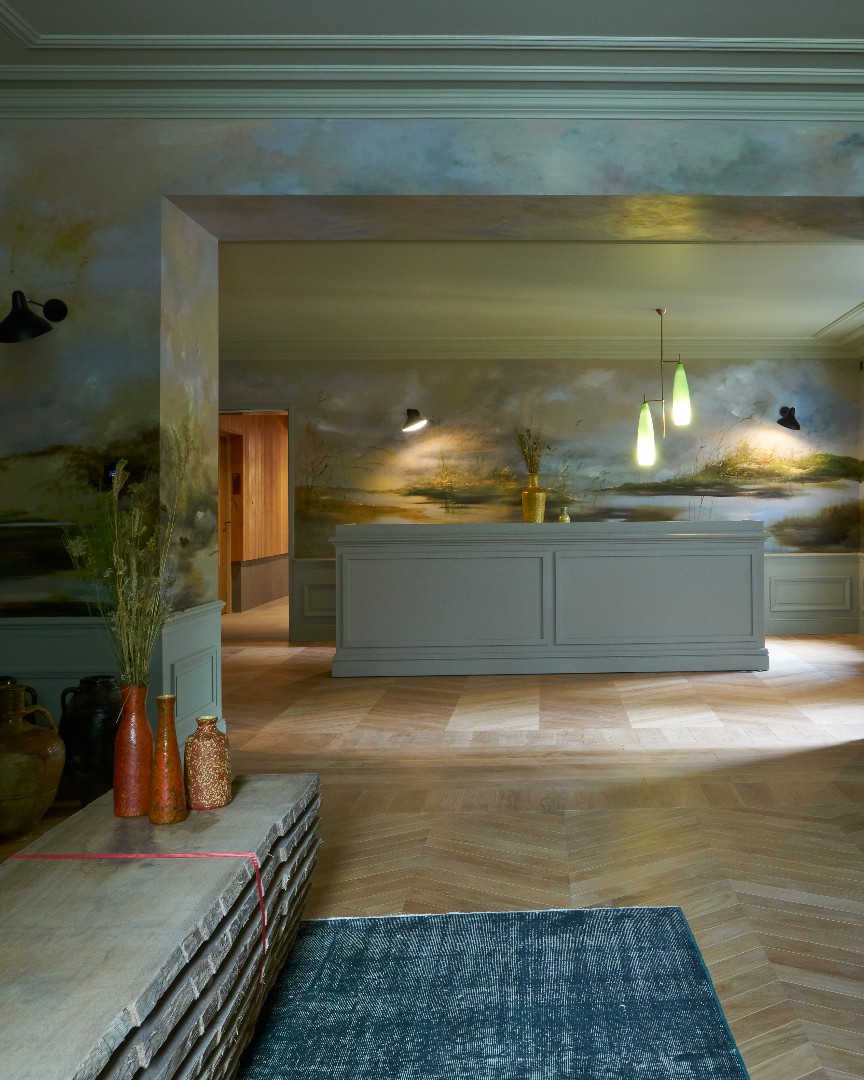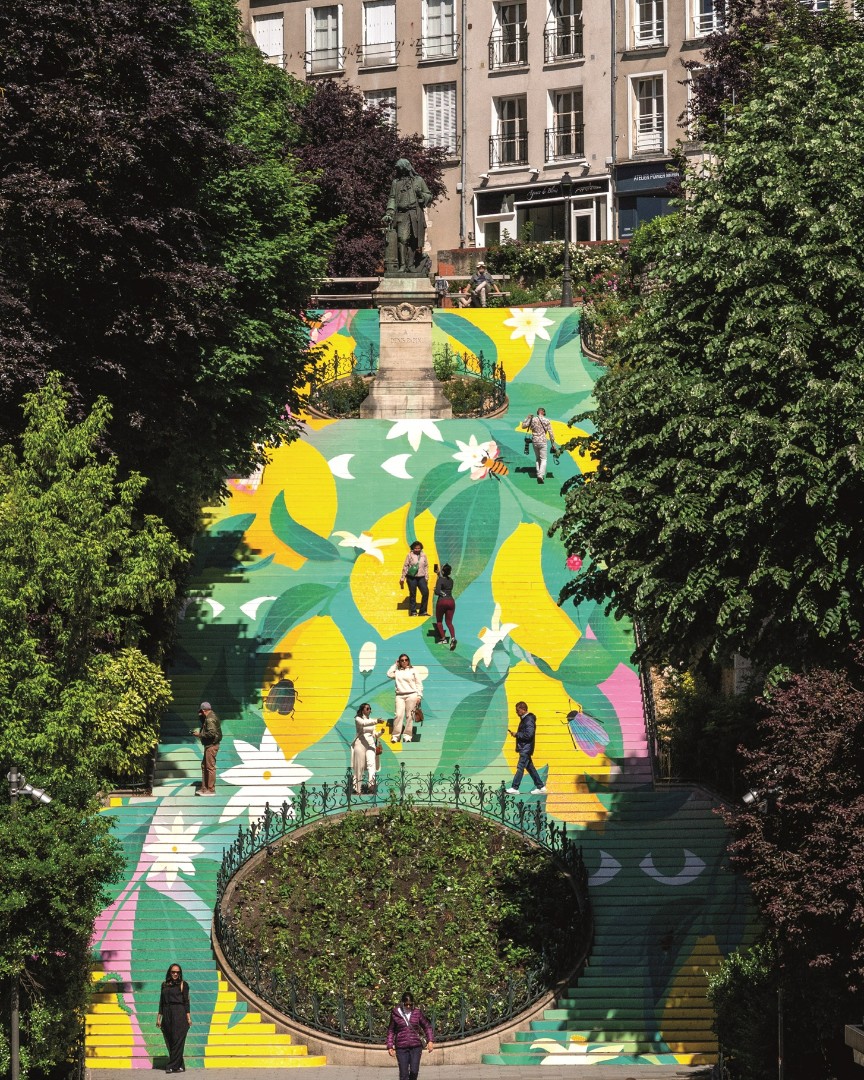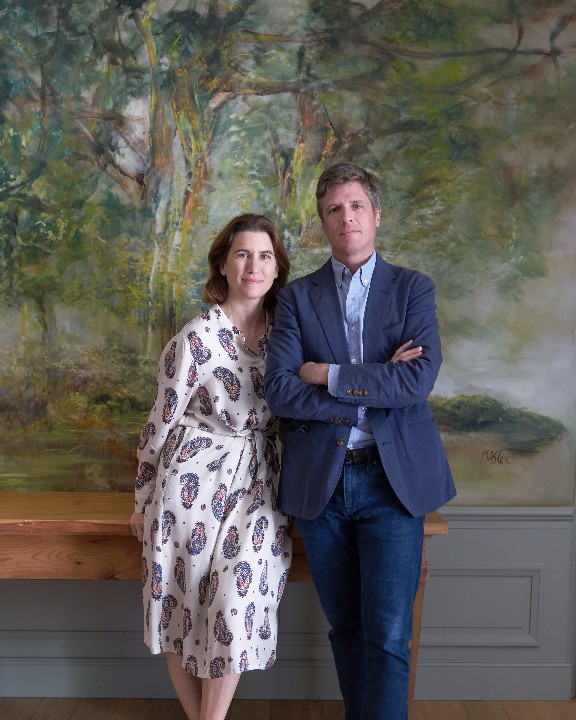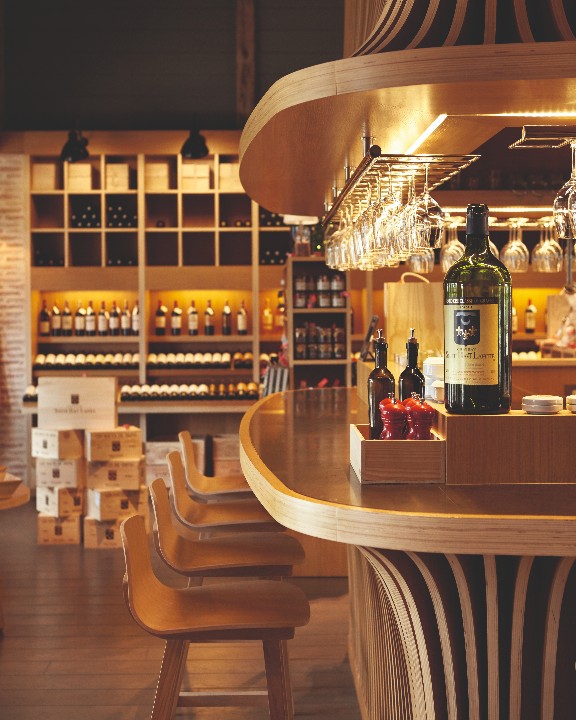 All Articles
Adventure & Discovery
Discovery
Escape
Gastronomy
Hotel
Interview
Les Sources
Portrait
Tableware
Well-being
All Articles
Adventure & Discovery
Discovery
Escape
Gastronomy
Hotel
Interview
Les Sources
Portrait
Tableware
Well-being
 Automotive
Fashion
Gastronomy
Real Estate
Services
Tourism
Yachting
Automotive
Fashion
Gastronomy
Real Estate
Services
Tourism
Yachting

Ideal serving temperatures are between 9°C and 12°C for white wines and champagnes. For reds, it varies with the grape variety and terroir: light wines at 15°C and fuller-bodied ones between 16°C and 18°C.
A wide glass that narrows towards the rim is recommended. A narrower rim better enhances the wine's aromas.
Pour the wine into a decanter to soften it, swirl it slightly, and let it rest for about half an hour. Aeration is crucial for young tannic reds and older whites but is not needed for light and fruity wines. Decanting is reserved for mature wines, especially those over 20 years old, and must be done carefully to avoid accelerating oxidation.
Colour is key in estimating a wine's age: white wines darken with age while reds lighten. Clarity indicates good health. Analyse the 'legs' or tears on the glass; more tears suggest higher alcohol content, and slower-moving tears indicate more sugar.
Gently swirl your glass, bring it close to your nose, and try to identify the three main aromatic families. Primary aromas reveal the grape's characteristics with floral, vegetal, or fruity scents. Secondary aromas from fermentation might suggest pastry, cream, or yeast. Tertiary aromas develop through aging and storage, offering hints of stewed fruit, leather, or game in reds and dried fruits, honey, or dried flowers in whites.
Take a small sip, inhale a bit of air, and hollow your cheeks. This technique, known as retronasal olfaction, lasts a few seconds. You can then savour the wine or choose not to swallow it, as you wish.
The longer the taste remains on the palate, the better the wine, and the more caudalies.
